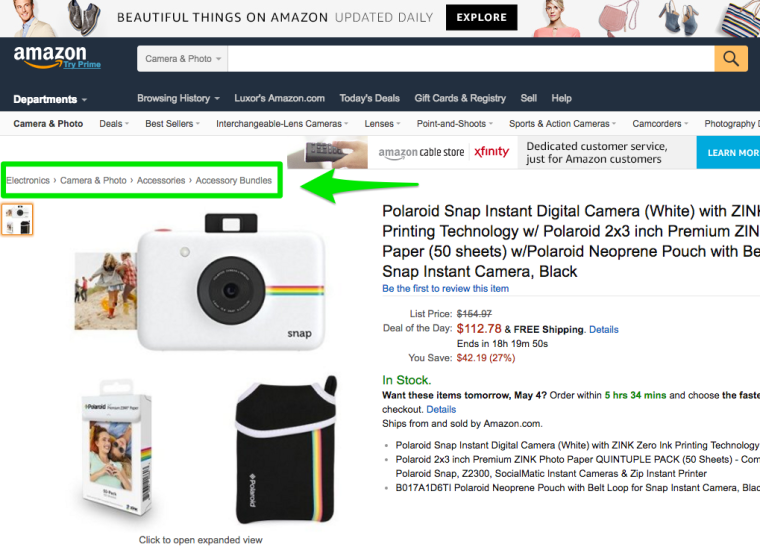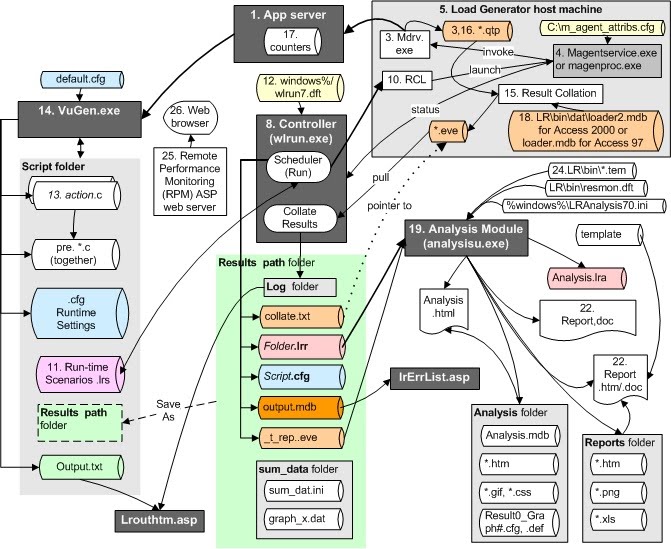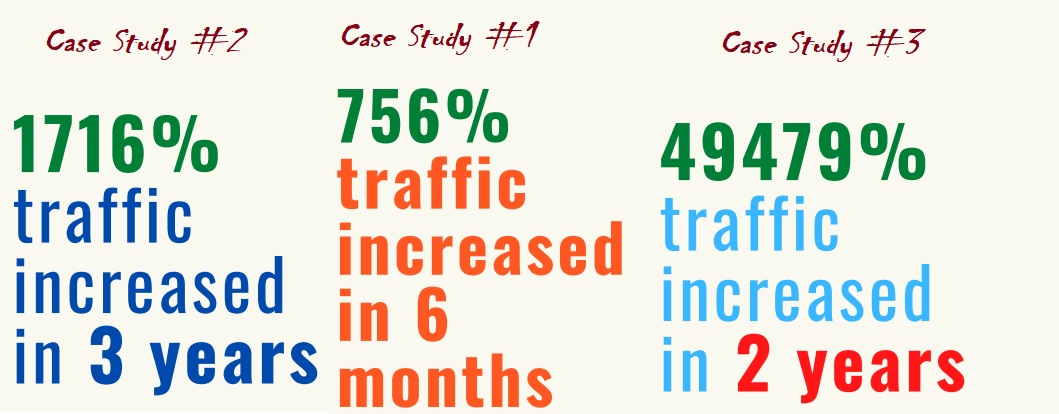
An ideal length for blog posts is 1200 to 1500 words. The ideal length is between 1200 and 1500 words. This should not be more than six minutes. Your topic and content will determine the length of your blog posts. After writing several posts with great content, you can be sure that your articles are engaging and well-written. If you are still not sure how long a blog post should be, you can consult this guide.
An optimal blog post should not exceed 1200 words.
A blog post should be between 1,000 to 1,500 words. You will have a better chance of having your post seen and shared by more people if you increase the word count. It will also improve SEO. HubSpot found that about a third (33%) of its most popular blog posts have less than 1500 words. Although length is important, quality content is more important than quantity. Your target audience and the content of each word will determine the length of your blog posts.
The length of your blog posts will depend on the purpose and goals. When ranking you for SEO optimization, search engines take into account hundreds of factors. This means you need to create better content than your competitors to get noticed by search engines. Your blog posts should be able to grab readers' attention and provide the information they are looking for.
Writing lengthy blog posts takes a lot of time. It's not uncommon for a single blog post to take up a quarter of a day. It doesn't matter if your goal is to write a blog for someone else or SEO. There is a tool that will help. By using a software editor to review your writing as you write, you can optimize the length of your posts. You can optimize your blog post by using a line break to make it more readable.
Be sure to pick a topic when deciding the length of your blog post. You should be able and able to describe a product in an easy-to-understand manner if you are writing about it. A 2000-word overview article should suffice. You might want to add visuals to make complex concepts more accessible to your readers.
Studies show that longer content has a higher chance of being shared and linked to and therefore is more popular and will be read more often. This is particularly true of opinion-forming and research-backed material. Interestingly, according to Buzzsumo, more than half of all content online is less than 1,000 words. By exceeding this threshold, you increase your chances of performing well on social networks. The effects of exceeding the 2,000 word mark will fade once you reach that point. A blog post should last seven minutes on average.
It takes less then six minutes
Your audience and your content will determine how long your blog post should be. Long-form content is better for SEO and user engagement, so making it longer is better. But, your blog posts should not exceed 10 pages, so long as they are readable. It is a good idea if you have more than one post per week. This will improve your visibility and your SEO performance.

Finally, you need to be able decide what length is best for your audience. The best way to decide the length of a blog post is by asking yourself these questions. Then, you can create a post that addresses these questions. Content will determine the length of your post, but it is a good guideline to keep it between 500-600 words. No matter how long the content is, it should reflect your brand and business. Your audience will appreciate the content you produce, and you will have more visitors and customers.
Medium research suggests that the ideal length for a blog post is between one to seven minutes. The average reader will skim a post that is more than seven minutes long. There are exceptions to the rule, however. Most blogs that are long are between two- and three thousand words. Blogs that are more than six minutes long often contain many 'how-to' steps. Make it as brief as possible.
It's filled full of details
A lengthy blog can be a great asset for your audience. It provides valuable information and encourages people to continue to visit your website. Because they are easier to read, provide valuable information, and can be shared easily, long blogs are more appealing to readers. You can follow certain guidelines when creating a blog post. Be sure to use a consistent title, have a consistent style and structure and keep the length within the guidelines.
Medium research suggests that an ideal blog post is seven minutes long. The average number of seconds per post increases as it gets longer. It peaks at seven minutes. A seven minute read is roughly 1,600 words. SerpIQ evaluated the top 10 search results to determine the ideal size post. Sidebar text is included in the length measurement. According to the study a post lasting seven minutes contains more information that one or two paragraphs.
The topic determines the length of a blog post. More detailed and broader topics are better explored through larger-picture views. Larger-scale posts are more dynamic. Whether or not a post is long or short depends on the content, but if it is written well, it will likely be read by a large number of people. If the reader can scan the article without too much trouble, it is a sign of quality content.
It is optimized for SEO
The question of what length is the best blog post length has been around as long search engines have existed. The exact answer will depend on the topic, but typically it falls between 1,000-2000 words. This is the recommended length range for SEO posts. Writing shorter posts can help you get more traffic to the blog. You won't waste your readers time by writing long posts.

Although a few articles have been cited as being shorter than 2,000 words, this doesn't necessarily mean that they are more effective. Many readers don't want to read a book or a complete guide. They just want an answer quickly and concisely. Long content isn't always better. In reality, some search terms can be satisfied by 300 words, while others may require 600 words. The best way to find the right length for your blog is to first look at your competitors and determine your audience's needs.
Instead of writing articles full of keywords, it is important to provide quality information to readers. Your keyword should be included only a couple of times per month. A few images can help make your blog posts visually appealing and improve SEO for the keywords. For your blog posts to be more easily readable, you might consider adding images. You don't need to write 500 words for a blog post.
The ideal blog post length is about 1,500 words, but the longer you can write, the better. SEO is best if the content is informative and interesting. The longer your blog posts are, the higher you will be ranked in search engines for those keywords. For search engines to determine which keywords work best, they use the average amount of time spent per page. However, don't overdo it.
FAQ
Why SEO strategy should be important?
Search engine optimization (SEO), which aims to increase traffic to your site through the use of Google to help people find you, is the primary goal.
Search engines like Google, Yahoo! and Bing store information about websites on servers known as crawlers. These crawlers send the data back to the central database. This allows them index web pages for search purposes.
You will get more visitors to your site if it appears higher in the search results. If you're not visible in these searches, your website won't be found.
It is important to rank high in search engines. This will ensure your site is noticed. Two main ways to do this are paid advertising and organic links.
Paid Advertising - Paid advertising includes buying adverts from companies who pay-per-click online ads to appear above other sites in search results. These ads may include banner ads, text ads, pop-ups, e-commerce widgets, etc.
Natural Organic Links – Natural organic links are sites where you have proven your expertise over time. They also show that you have earned the trust and respect of your industry. Over time, links are built naturally through guest posting, commenting on other sites, and so forth.
To stay ahead of the game, you must invest continually in both forms of marketing.
How Long Does It Take To See Results From PPC Advertising?
Paid search results are more time-consuming than organic search results. This is because there is no natural flow. When someone searches for something, they expect to see the most relevant results at the top of the page. Paid search results must work harder to convince people that they should pay money to advertise on their site.
What are the different SEO strategies?
Different types of SEO strategies include search engine optimization (SEO), social media optimization (SMO), and pay-per-click advertising (PPC).
SEO is a way to optimize content for certain keywords through text formatting and HTML code.
This allows you to rank higher in search results.
Social media optimization (SMO), is a way to optimize your website for use on social networks such Facebook, Twitter, and Google+.
These are a great way to build your online brand and make visitors more likely visit your site when they search for similar topics.
PPC ads also appear at the top Search Results Pages, showing relevant products & services.
Google paid search is the most used PPC ad type. These ads can be very effective, even though they cost a lot.
However, several other forms of PPC advertising are available - including display ads, video ads, and sponsored posts.
Link Building can improve my rankings
Link building refers to the creation of high-quality backlinks that link to your site. It is important to make sure that sites linking to yours have a relevant business purpose. The more authoritative and unique your link appears, the greater.
Statistics
- 64% of marketers actively create SEO campaigns because they help hit multiple key performance indicators (KPIs), including increasing traffic, helping your site rank for relevant keywords, improving your conversion rate, and much more. (semrush.com)
- If two people in 10 clicks go to your site as a result, that is a 20% CTR. (semrush.com)
- 93%of online experiences today begin on search engines. (marketinginsidergroup.com)
- And 90%+ of these backlinks cite a specific stat from my post: (backlinko.com)
- A 62.60% organic traffic boost to that page: (backlinko.com)
External Links
How To
How do I create my first blog?
It's simple! WordPress is an excellent platform for creating a blog. Users can easily edit the appearance of their blogs by adding themes, changing fonts and colors, and customizing the layout. You can also use plugins to change the appearance of your website based on visitor activity.
There are many free templates available on wordpress.org, as well as premium templates that you can purchase. Premium templates can include additional pages, plugins, or advanced security features.
Once you've downloaded your template, you'll need to sign up for a free account with a hosting provider to upload your files and run your blog. Many hosting companies offer free accounts. However there are limitations to how much space you can have, how many domains your site can host, and how often you can send emails.
If you choose to use more then one domain name, each email address will be required. This service is offered by some hosts at a monthly charge.
If you're new to blogging, you may wonder why anyone would pay to have a blog hosted online. Many hosts offer unlimited storage space so that your files will not be deleted even if they are accidentally deleted.
Many hosts let you host multiple domains. That means that you can have different websites under the same hosting plan. It is possible to avoid multiple email accounts by registering for one interface, allowing you to manage all of your sites from the same place.
Some hosts have social media sharing buttons built into their dashboards. This allows visitors to quickly and easily share content across the internet.
Many hosting providers offer tools that allow you to manage your blog. You can view the performance stats of your website, see how many people visited each post, and compare your traffic with other blogs.
These tools will make managing your blog much easier and more efficient. It's worth looking at before you decide on a hosting plan.
To sum up:
-
Pick a topic that's relevant to you business.
-
Create engaging content;
-
Optimize your site using SEO techniques;
-
Promote your site using social media channels;
-
To make necessary changes, keep an eye on your statistics.
-
Remember to update your blog regularly.
The bottom line is to create great content, promote it effectively and measure its success.